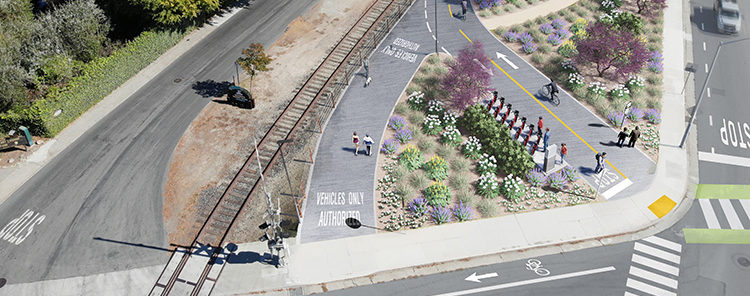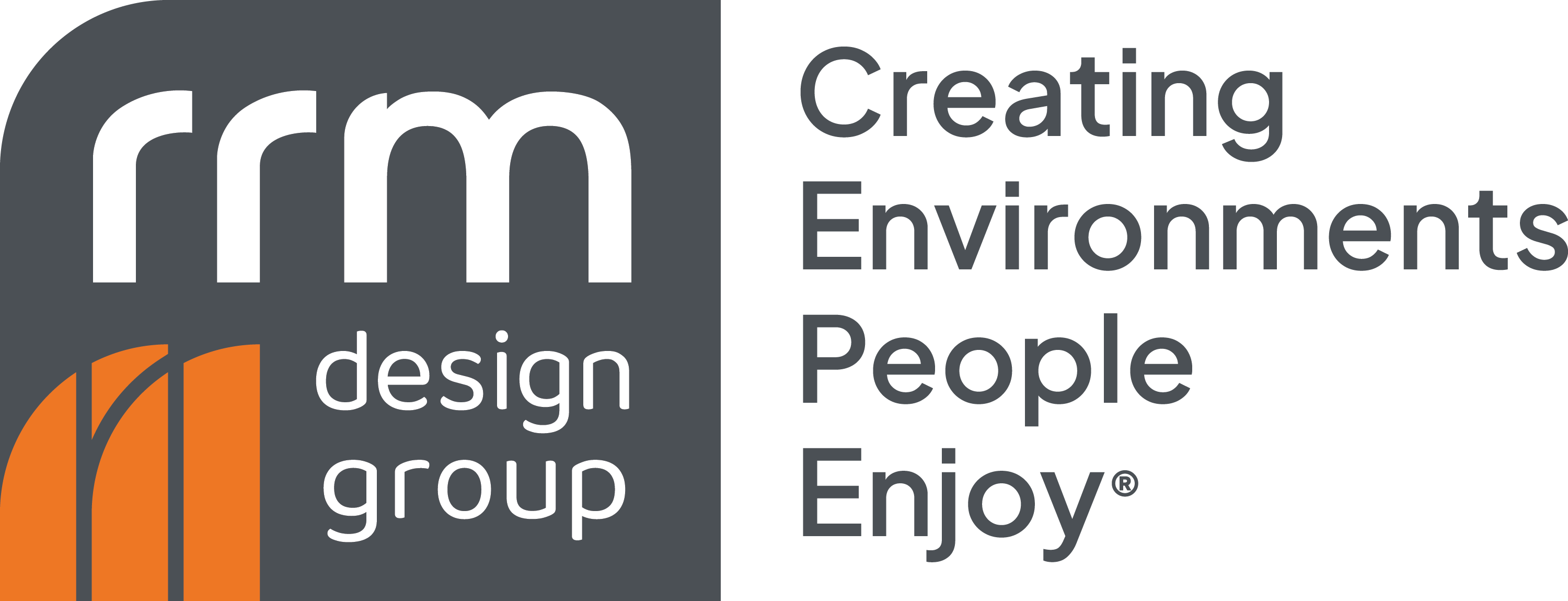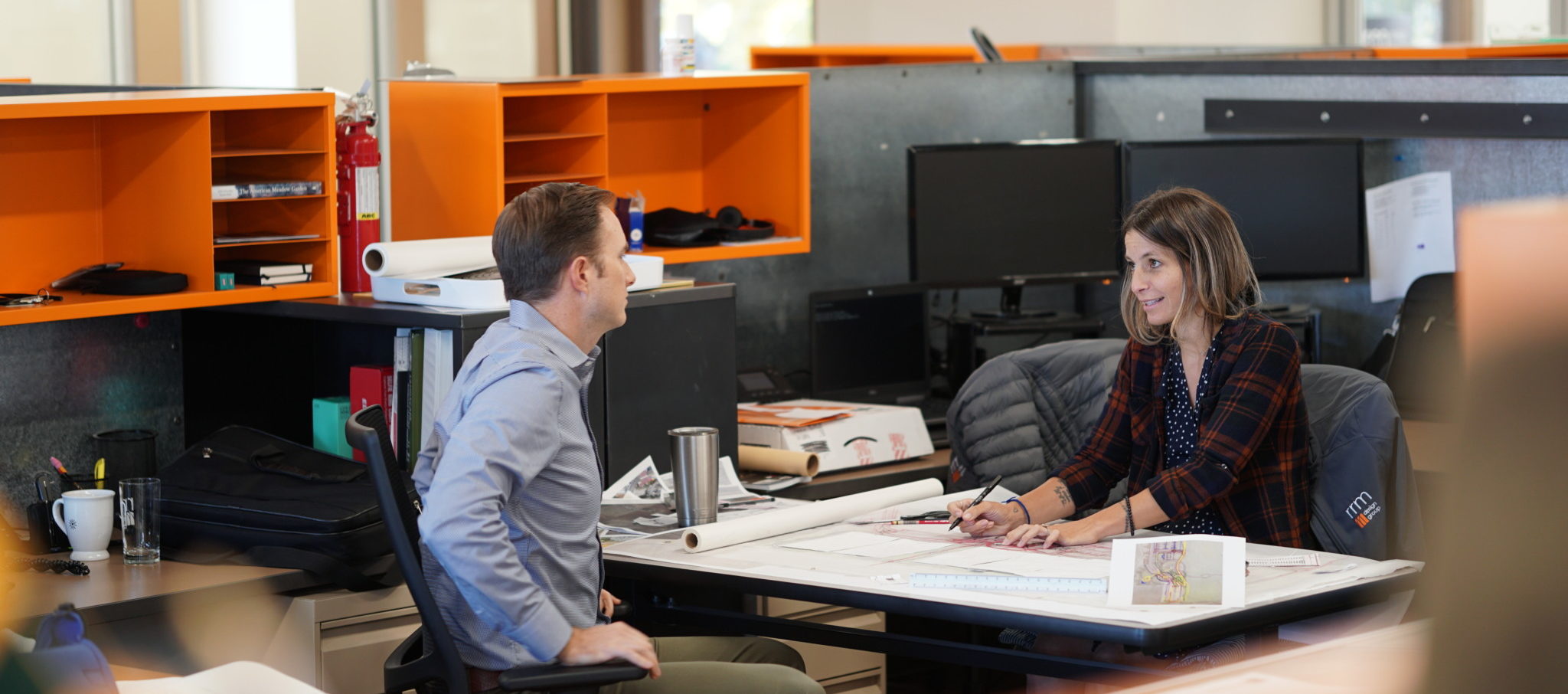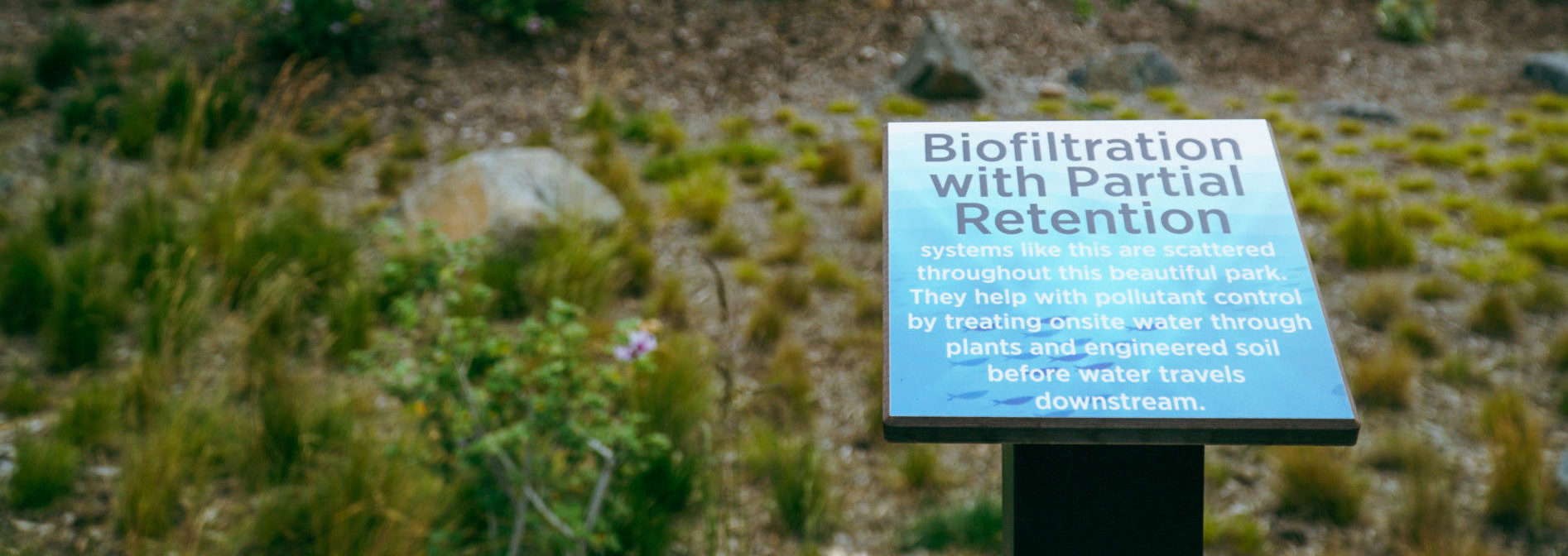Beyond the Buzzwords: Design That Listens
By Jessica GosswickWhat do you think of when you hear the word “sustainability”? Perhaps you think of metal straws or recycling. In the context of the built environment, you might think of add-ons like solar panels, shading fins, or drought-resistant plants. Oftentimes adding “sustainable” elements is seen as a way to satisfy regulations or gain certification (LEED, LBC, WELL, etc.). While these are all valid examples, these narrow interpretations can cause the idea of sustainability to seem complicated, expensive, and separate from the “traditional” goals of design. Traditional goals of design for the built environment may include right-sizing a space for the user or achieving aesthetic goals. However, at its core, true sustainable design enhances “traditional” design by observing, listening, and responding to a project’s context to provide better solutions.
DEFINING “SUSTAINABILITY”
With so much media buzz surrounding sustainability, the term itself can seem generic and meaningless. As such, there is a common misconception that “sustainability” does not have any specific definition, and that it means something different to everyone. However, when looking at the history of the sustainability movement, we can trace the definition back to its root in the United Nations World Commission on Environment and Development. In their 1987 report, Our Common Future, the commission defined sustainable development as that which: “meets the needs of the present without compromising the ability of future generations to meet their own needs” 1. Even as the movement ballooned to encompass many more facets of human activity, the common thread remained: how can we ensure quality of life for prosperity at global scale?
DESIGNING FOR SUSTAINABLE COMMUNITIES
While certification systems like LEED or energy codes like Title 24 provide detailed descriptions of how to achieve specific aspects of sustainability, at RRM, we see sustainability as a mindset. Sustainable design is design that listens to place, people, and time.
Place
Some of the more traditional approaches to sustainability came out of attention to place. This observation and integration of the physical site can produce results beyond quantifiable metrics. By using local materials, transportation costs are reduced, and the project’s appearance relates to its natural environment. By orienting the building to provide natural light, energy use is reduced, and daylight quality is improved for the inhabitants. Designing with site and climate in mind makes a project more sustainable and more comfortable.
People
Since the community will inevitably become the people who inhabit, maintain, and modify the project, it is important that a project finds solutions that will work for the specific population. A project that responds to this community has greater potential to grow with it into the future. For example, transportation planning around a senior living facility might prioritize public transit access over bike infrastructure, because the residents prefer to ride the bus than take a bike. Although both bikes and busses are sustainable alternatives to cars, prioritizing the needs of people living in and around the project creates spaces that will be most useful to them and improves the project’s success.
Time
To truly be sustainable, projects must address durability. The longer a building’s lifespan, the longer it can serve future generations. Enduring materials can reduce resource extraction, flexible plans can allow a project to shift with the needs of its users, and adaptive reuse can breathe new life into historic homes. However it is achieved, increasing a project’s lifespan helps to keep waste out of landfills and ultimately prolong the life of the community as a whole.

A BETTER FUTURE
As we move forward, the codes become more stringent, and the climate continues to change, we must continuously apply these pillars to our design. The result? An evolving palette of approaches to “sustainability” that are site-specific, responsive, and durable. In the following Sustainability in Action articles, we will cover a handful of the ways that designers at RRM are already implementing these strategies. From a new way of thinking about comfort in a passive house to creating modular construction, we will see the many different forms that sustainability can take. By committing to listening and designing with intention, we envision a future that goes beyond the common perception of sustainability, towards a more innovative application where we are all able to enjoy our environments for a long time.
REFERENCES
- World Commission on Environment and Development. (1987). Our common future. Oxford: Oxford University Press.
Jessica is an Architectural Designer with a passion for Sustainability. She graduated in 2020 from Cal Poly, San Luis Obispo with a Bachelor’s degree in Architecture.


